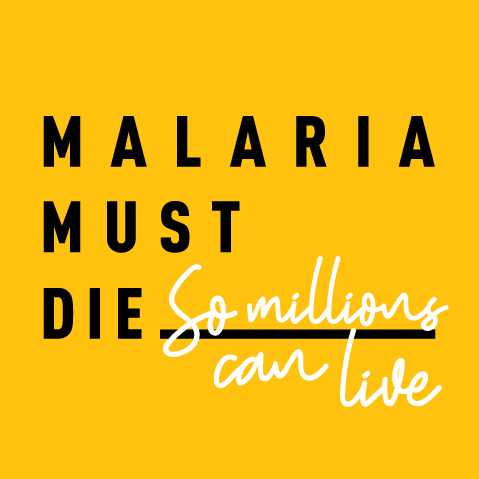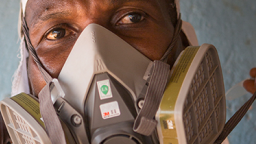Bed nets and insecticides applied to interior walls have played a crucial role in the 60% reduction in deaths from Malaria since 2000. But with rising reports of insecticide-resistant mosquitoes, the development of new tools is vital to keep on top of the disease.
In communities around the world, insecticide wall sprays and good quality, insecticide-treated bed nets have dramatically reduced the risk of getting malaria. These simple measures are the cornerstone of prevention. They’ve contributed to the 7 million lives saved since 2000.
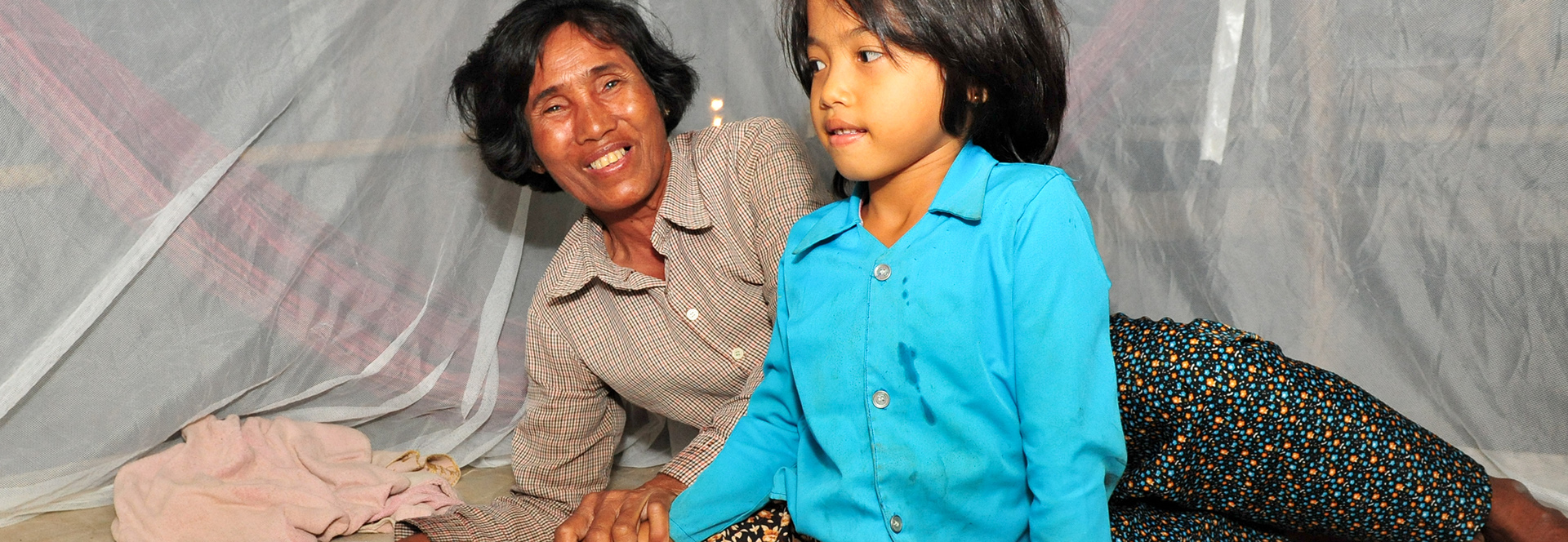
THE CHALLENGE OF RESISTANCE
But there’s a challenge on the horizon.
Only a handful of insecticides are officially recommended for adult mosquito control. Over the years, continual use of the same insecticides has enabled the highly-adaptable mosquito to develop significant levels of resistance.
Already sixty countries have reported evidence of mosquito resistance to the insecticides being used on nets and in homes to tackle malaria.
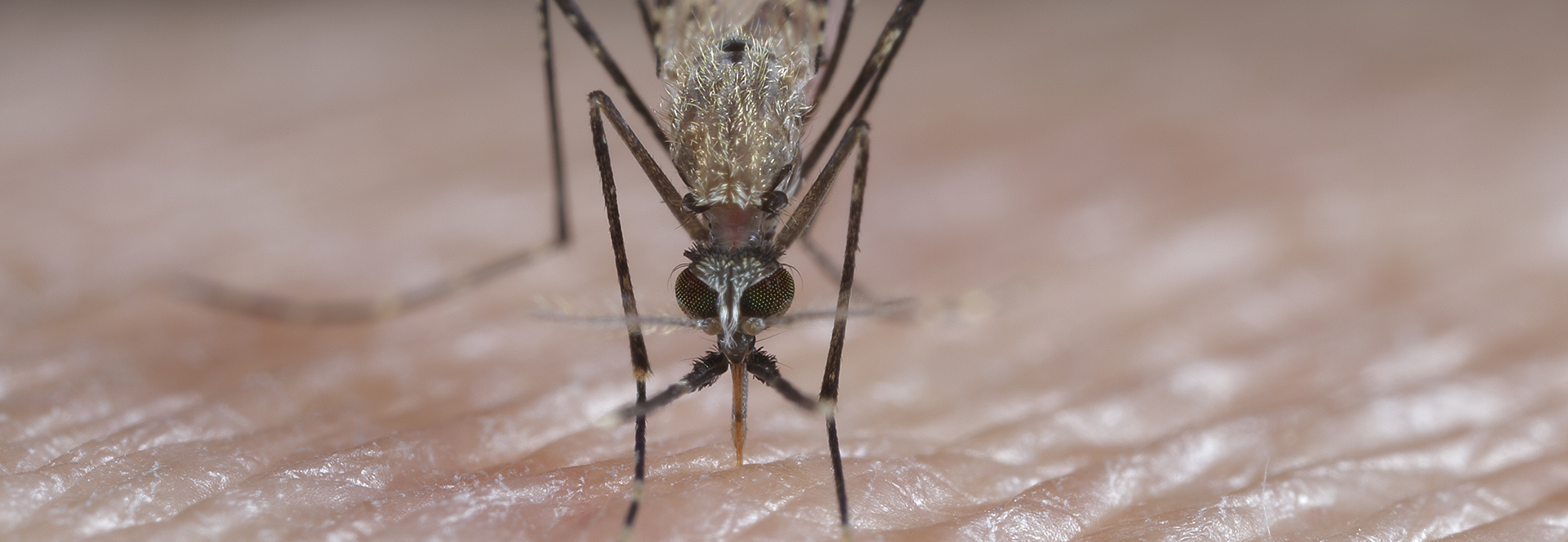
In some countries, the local mosquito population has increased its level of resistance 1000-fold.
– Hilary Ranson, Liverpool School of Tropical Medicine
“We’ve got to take insecticide resistance very seriously,” says medical entomologist Professor Hilary Ranson from the Liverpool School of Tropical Medicine, who has has studied the problem for many years. “It has been years since a new class of public health insecticide has appeared on the market. Alternatives are urgently needed.”
“There’s no doubt that resistance is a threat to the progress that’s been made in preventing malaria transmission in the last 15 years,” says Dave Malone, Technical Manager at the Innovative Vector Control Consortium (IVCC).
THE RESEARCH EFFORT TO BEAT RESISTANCE
The good news is that there’s already work underway to meet the challenge. One key approach is developing and safely applying insecticides to which mosquitos haven’t acquired resistance.
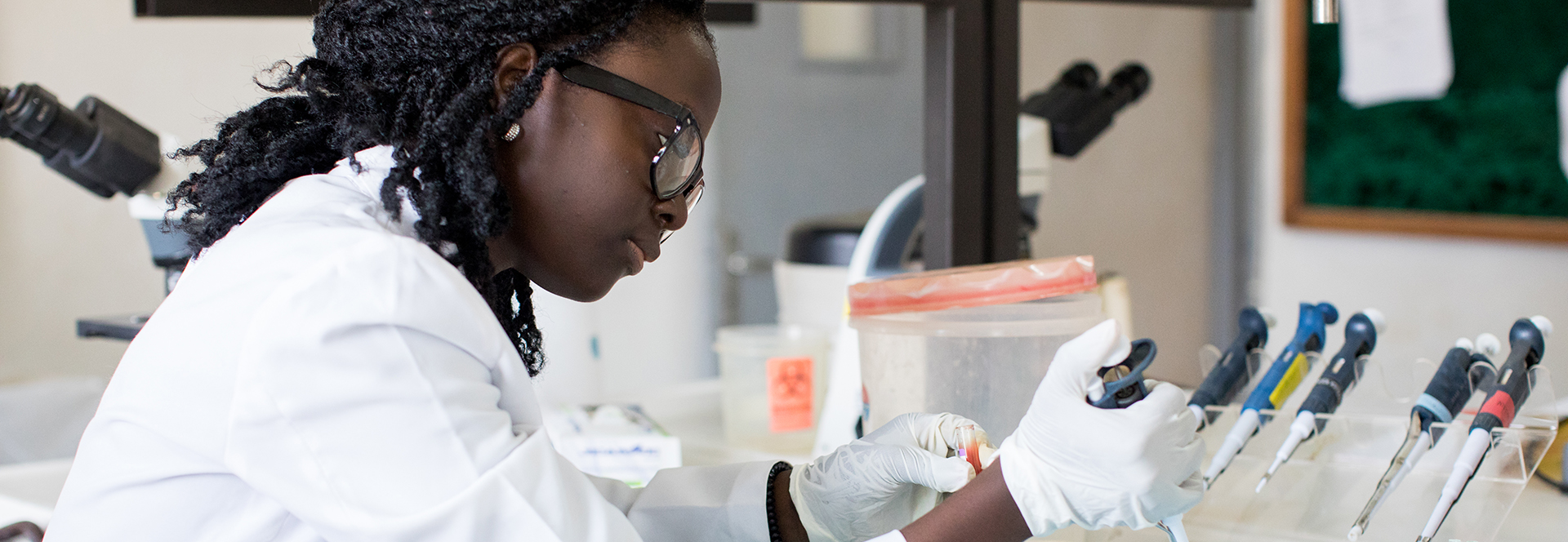
In the UK, researchers at the IVCC and the London School of Hygiene and Tropical Medicine have spent the last 10 years collaborating with scientists at BASF. Together they’ve developed a way to use the insecticide chlorfenapyr to be effective on mosquito nets. And currently there’s no known mosquito resistance to chlorfenapyr.
In 2017 the World Health Organisation (WHO) gave an interim recommendation for Interceptor(R) G2 – a new bed net based on chlorfenapyr. This is the first WHO recommendation for a product based on a new insecticide class in more than 30 years. Use of chlorfenapyr as an insecticide spray to treat interior walls is also being evaluated by WHO.
It’s going to help us to continue to protect children and to save millions of children’s lives.
– Egon Weinmueller, head of global public health at BASF
Independent trials in Benin, Burkina Faso, Tanzania and Ivory Coast have proven the effectiveness of chlorfenapyr against local insecticide-resistant mosquitoes. The new chlorfenapyr mosquito net is expected to be available to health ministries and aid organisations later in 2018. “In areas where we have had resistance it’s going to help us to continue to protect children and to save millions of children’s lives,” says Egon Weinmueller, head of global public health at BASF, “This development breakthrough strengthens my personal belief that we really can be the generation to end malaria for good.”
If you want to see more collaboration and innovation to beat malaria, it’s time to share and declare #MALARIAMUSTDIE.
